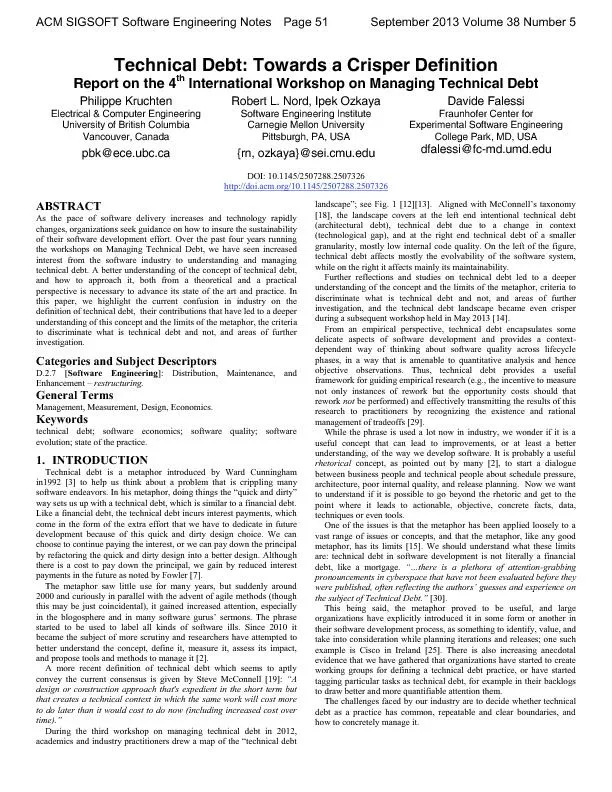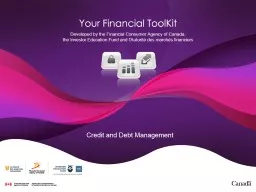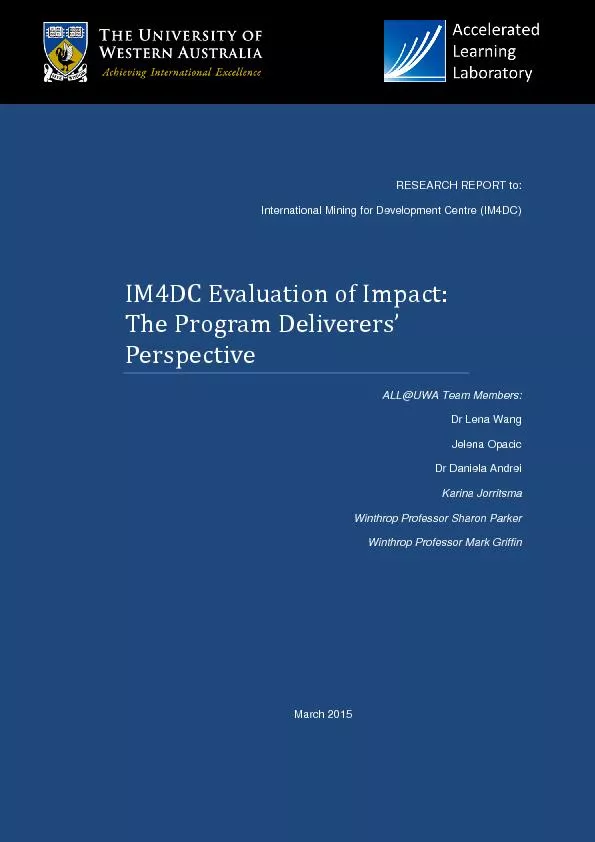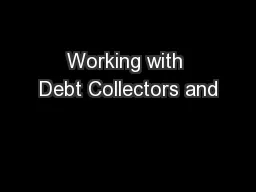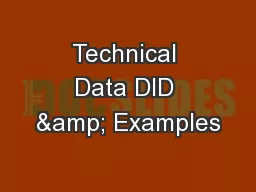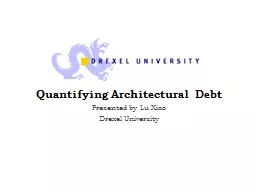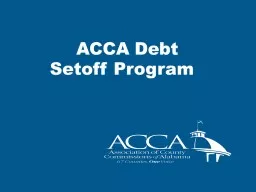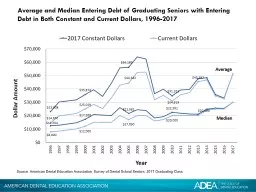PDF-Technical Debt: Towards a Crisper Definition Report on the 4 Internat
Author : myesha-ticknor | Published Date : 2016-03-09
Davide Falessi Fraunhofer Center for Experimental Software Engineering College Park MD USA dfalessifcmdumdedu As the pace of software delivery increases and technology
Presentation Embed Code
Download Presentation
Download Presentation The PPT/PDF document "Technical Debt: Towards a Crisper Defini..." is the property of its rightful owner. Permission is granted to download and print the materials on this website for personal, non-commercial use only, and to display it on your personal computer provided you do not modify the materials and that you retain all copyright notices contained in the materials. By downloading content from our website, you accept the terms of this agreement.
Technical Debt: Towards a Crisper Definition Report on the 4 Internat: Transcript
Download Rules Of Document
"Technical Debt: Towards a Crisper Definition Report on the 4 Internat"The content belongs to its owner. You may download and print it for personal use, without modification, and keep all copyright notices. By downloading, you agree to these terms.
Related Documents

